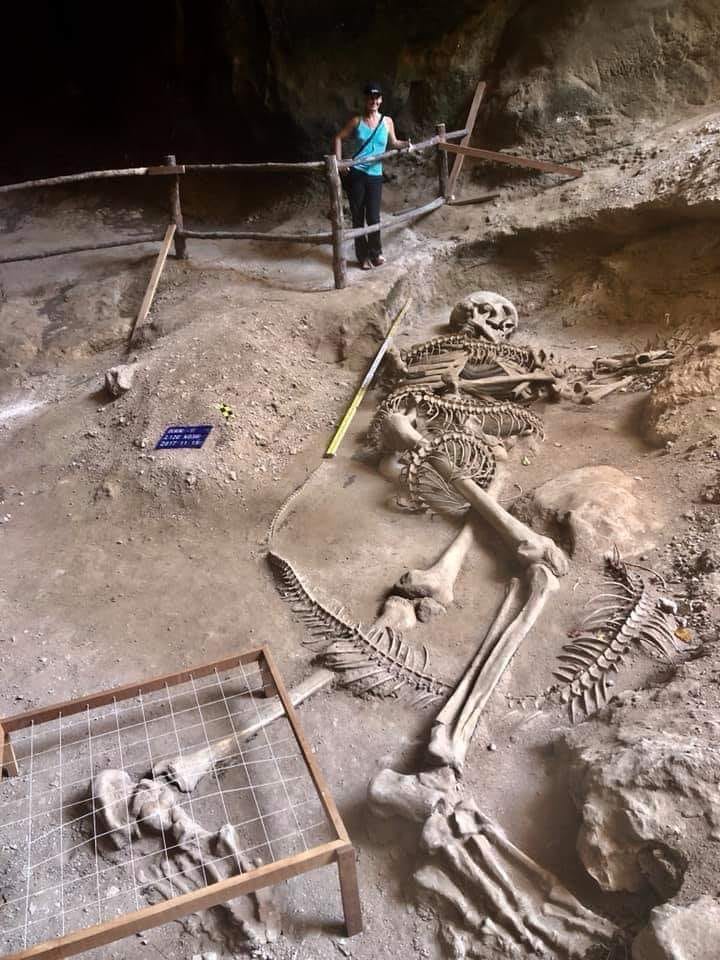In the age of social media, it’s not uncommon for sensational claims and viral images to capture our attention. Recently, a video depicting what appeared to be a giant human-like skeleton locked in battle with a massive serpent circulated on Twitter, leaving many intrigued. However, as we delve deeper into the story, we uncover the truth behind this viral sensation and reveal it to be yet another case of misinformation. In this article, we will examine the origins of the alleged discovery, separate fact from fiction, and explore the cultural fascination with the existence of giants.
The Viral Video and Its Roots

A tweet shared by the account “nikola 3” on July 4 showcased an archaeological site where scientists seemed to be unearthing a giant skeleton. The video, accompanied by eerie music, quickly gained traction on social media platforms. However, a closer investigation reveals that this claim is not a recent occurrence. Similar images and stories have circulated online in various forms, dating back to 2021, with some claiming the discovery took place in Thailand, not Taiwan.
Unraveling the Misinformation
Despite the initial intrigue, it becomes evident that the “giant skeleton” is not an archaeological revelation or an AI-generated hoax. In fact, it is an art installation known as “Giant Ruins,” created by Taiwanese artist Tu Wei-cheng for the Thailand Biennale in 2018. The installation featured the skeletons of a giant and a snake, exhibited with special permission in the Khao Khanap Nam caves. The misinformation surrounding this artwork has resurfaced periodically, fueling the ongoing fascination with the existence of giants.
Separating Fact from Folklore
While there is no scientific evidence supporting the existence of human or hominid giants, the myth of these colossal beings persists in cultural folklore worldwide. Although some of our ancient ancestors may have been taller than modern humans, the images and narratives surrounding giant skeletons often stem from social media misinformation tropes. These fabrications, sometimes accompanied by fake images or practical hoaxes, continue to captivate audiences and spark renewed interest in the subject.
The Influence of AI-Generated Content

In the virtual realm, AI-based image-generating tools have contributed to the creation of ultra-realistic fake giants. Although these AI-generated images may seem harmless in comparison to other forms of misinformation, they further blur the lines between fact and fiction. It is essential to remain vigilant and discerning when encountering such content, ensuring that we differentiate between genuine archaeological discoveries and artistic expressions.
The tale of the giant skeleton engaged in a battle with a serpent in a Taiwan cave is revealed to be a case of misinformation. This viral sensation originated from an art installation created by Taiwanese artist Tu Wei-cheng for the Thailand Biennale in 2018. While the existence of human giants remains a cultural fascination, it is vital to critically evaluate the sources of information and engage in responsible sharing. By separating fact from folklore, we can navigate the digital landscape with a discerning eye and protect ourselves from falling into the trap of sensationalized myths.
